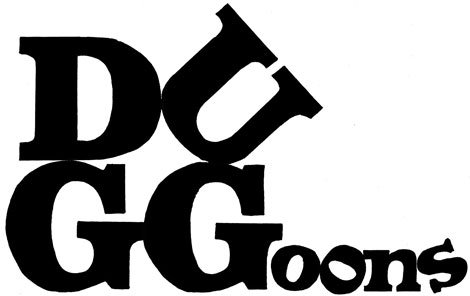Cartier-Bresson, Henri
Here I had fun playing around with the difference between the instantaneousness (fifth time this morning I’ve used that word) of photography and the far less speedy medium of painting (something I also explored in this cartoon). The photographer Henri Cartier-Bresson was renowned for his freakish skill in capturing “decisive moments” – combinations of fleeting, interesting action with perfect composition. The four artworks I used here are Luncheon on the Grass, 100 Soup Cans, The Birth of Venus and Las Meninas. I felt slightly uncomfortable with my take on the Birth of Venus. Even though I take lots of liberties with art history, I am well aware that Venus was not actually born from a bi-valve mollusc but from white bubbly sea froth. Still, it made me laugh, so I put it in. The blowing zephyrs in Botticelli’s painting fit nicely with this birthing scenario.
A pleasing side-effect of copying famous paintings is an increased appreciation of some of their subtleties. In the Velazquez, as always with him, there are the astonishing excellencies of all the figures’ postures and expressions. But in this instance I was particularly impressed with that slice of wall on the extreme right. He has made a plain slab of wall so interesting with all the tonal changes going on – a blaze of sunlight, a sliver of picture frame casting a shadow. But I was even more taken with the next picture along, hanging just around the corner. You can actually see the picture in that frame, despite its extreme angle. It is so clear, and so perfectly gauged in terms of darkening tone. Admittedly my copy is slightly better than the original but that shouldn’t take away from Velazquez’ achievement.
David Hockney believes that old masters like Velazquez must have used a camera lucida to achieve such accuracy painting fleeting facial expressions. When you see things like the open mouthed young blacksmith, painted by Velazquez, in Vulcan’s Forge (which shows Apollo telling Vulcan the jaw-dropping news that his wife Venus is having an affair with Mars – personally I wasn’t surprised) it really is hard to credit that such feats are humanly possible. But I believe Hockney is wrong. There are so many other unbelievable feats of skill in this painting – the perfectly judged scale of light to dark creating a room full of space and light; the loose yet completely accurate brushmarking – that it seems unfair to single out this one thing and say “he couldn’t possibly have done this unaided. ” I think it is telling that the other sublime master of facial and bodily expressions, Rembrandt, was also phenomenally brilliant at every other aspect of painting. Hockney’s theis would hold more water if there were loads of artists in the pre-photographic era who were great at fleeting facial expressions but crap at the other stuff. But there isn’t. It just happens that occasionally someone is born with a once-in-several-generations talent, which combines with the right aptitude, the right training, great ambition and lucky social circumstances. These people are known as wankers.

